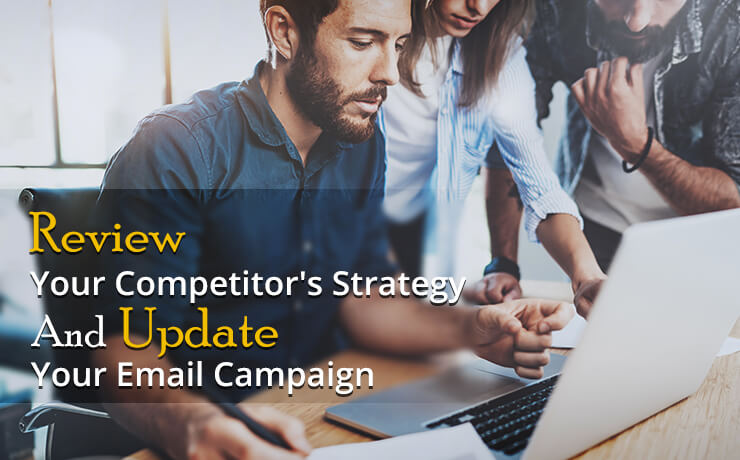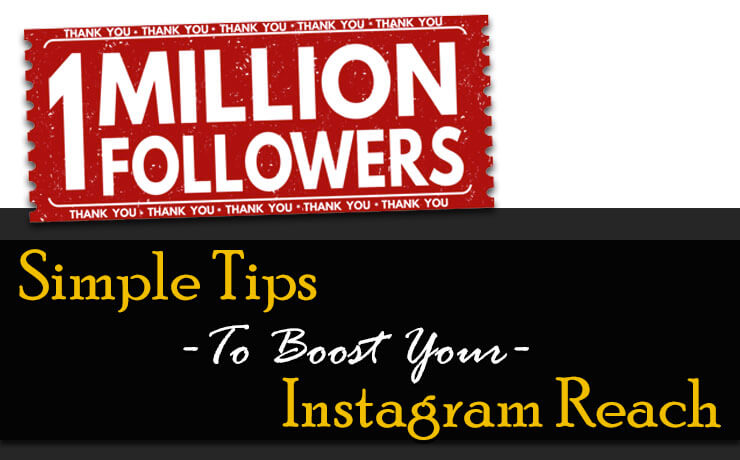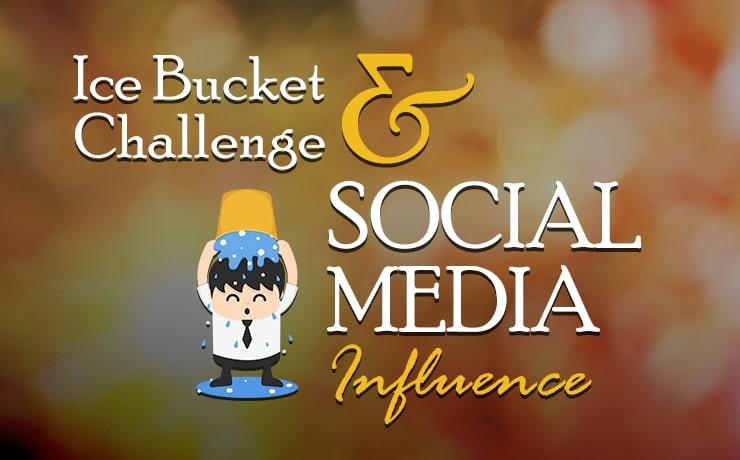Review Your Competitor’s Strategy and Update Your Email Campaign

Chad Faith
Director of Content

Email campaigns are the most affordable and effective marketing strategy, but everybody already knows that. What beginners (and not only them) don’t know is how to learn from competitors’ mistakes. First and foremost, it is crucial to understand that competitive research is crucial for success at the beginning, in the middle and towards the end. In short — always.
Even if your campaigns are successful, never make the mistake of not keeping informed about the ever-changing trends and competitors’ strategy. You need to be aware of who you need to best at all times. For starters, learn what works for the competition.
Take the term “competition” with a grain of salt. Not every small freelancer trying to make it big in the dropshipping industry (an increasingly difficult task, FYI) needs to be a representative example. Rather, focus on successful competitors and learn by example.
That isn’t to say that you necessarily need to replicate their strategy; combining and implementing successful strategies is the best way to long-term success. Remember that the market changes rapidly, so keeping informed about new rules goes without saying.
Why is Email Marketing So Important?
Not only is email marketing the cheapest advertising method, but it is by far more competitive than the rest.
How come?
Did you know that 92% of adults use the email service daily (Per Research) and that ca. 13 working hours per week are spent on emails (McKinsey)? An astonishing 70% of emails are opened in search of a coupon, special offer, or discount (The Social Habit).
Email is, simply put, widely accessible, free to use and available to everyone with internet connectivity. To top it off, the number of email accounts globally is expected to rise to over 5.94 billion by the end of 2019 (Statista).
To achieve considerable results, however, emails must be mobile-ready, neatly segmented and personalized. Various strategies may be applied to that end, notably demographics. Normally, insights are gathered via sign-up processes, website forms and surveys.
Personalization is the fastest way to gain customers’ trust and keep it in the long run. Welcome messages, shopping cart reminders, order status emails, newsletters and promotions are the best way to go about it.
Finally, speaking in a unique, recognizable tone will place your business ahead of the competition. Email marketing is, after all, another way of showing people that you care about them and cater to their needs — the way they want you to do it.
Nailing Competitive Analysis
First and foremost, you need to identify competitors. As mentioned above, go with success examples. Once you know who they are, collect information about them and analyze it.
- Defining Competitors
Start with successful businesses in the industry you’ve already heard of on a regular basis. A simple Google search can tell you more than you can even begin to imagine. Next, start looking for other successful competitors. The easiest way to do this is by using SpyFu or a similar app to identify the businesses that are using the same keywords that you are. If your business is bound geographically, use Google Maps to find competitors in your area.
- Analyzing Competitors
The first logical step is to visit competitors’ respective websites. What kind of content do they publish? What is their SEO structure? Which backlinks do they use? What are their traffic sources? What ad strategy do they use?
Once you know all this, compare your prices to theirs. Needless to say, if your prices are higher, you’ll never gain the upper hand over the competitors. Rather, level the prices to improve the competitiveness of your business. Read competitors’ policy, and know that every single detail matters. From shipping to refunds to return policy, every piece of the puzzle will lead you one step closer to success.
Make a habit of revisiting competitors’ social media accounts and meter their customer satisfaction. Feedbacks are not only voluminous on Facebook, but also on forums and advertising spaces. A Google search will help you quickly find all of the relevant info.
Finally, your competitors know as well as you do that email marketing is the fastest way to gain new customers. The easiest way to learn from their model is by subscribing for their updates, offers and newsletters.
This final step is of utmost importance. You need to pay attention to a number of factors, as follows:
- When are the emails arriving (frequency, specific days, time of the day)?
- What kind of content do they send?
- What kind of offers and special deals do they offer?
- Do they use marketing tricks such as creating urgency or solving immediate issues?
- What type of call of action do they use?
- How effective are their subject lines (direct message, promise, use of emojis)?
Finally, you can even go one step further in your research. One way would be to actually make a purchase and monitor the kind of follow-up you will receive/keep receiving. Do they offer special discounts to return customers? What kind of special deals do they offer?
Another way to perform research in more depth is to initiate a purchase and then abandon your cart. Most successful businesses send cart abandonment emails. Pay attention to the contents and language used, and then learn from it.
- Master Targeting
How many times have we seen ads gone wrong? How many times has Facebook displayed something irrelevant that you blocked immediately? Too many times, as it were, and the reason is simple: people underestimate targeting.
Ads are a segment you absolutely must not underestimate. Advertising costs money; therefore, do your homework for targeting. Don’t simply choose people in the vicinity or of one age group. That’s why you did your competition research to begin with, right?
The two most popular ad platforms are Google Ads and Facebook Ads. They work differently. Google serves ads based on target keywords, and Facebook based on target audience. To avoid throwing money out of the window, make certain to research competitors’ advertising strategy. The abovementioned SpyFu will help with Google Ads; AdEspresso will do the same for Facebook.
Monitor Your Success
Implement the insights learned from competitors, but don’t stop there. Just as you have made a habit of keeping informed about the competition at all times, you need to monitor your success rate regularly. Check customer feedback on a regular basis and keep track of the keywords. Finally, be active on social media.
Guest post by Emily Simmons, a content creator blogging about digital marketing, especially email marketing. She is currently working with MailCharts, a software that provides competitive email marketing insights based on our dataset of millions of emails.









